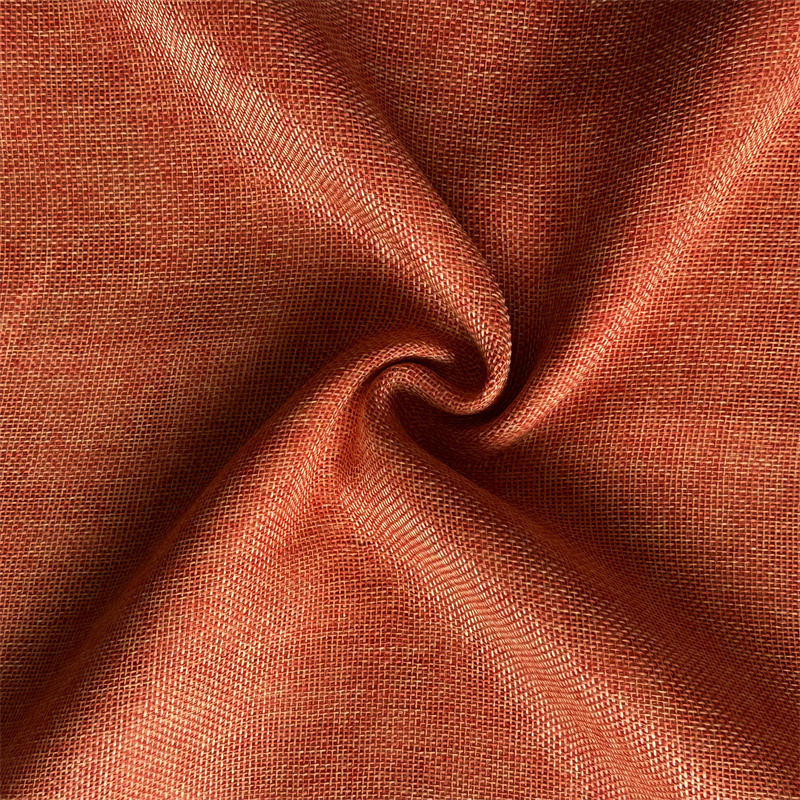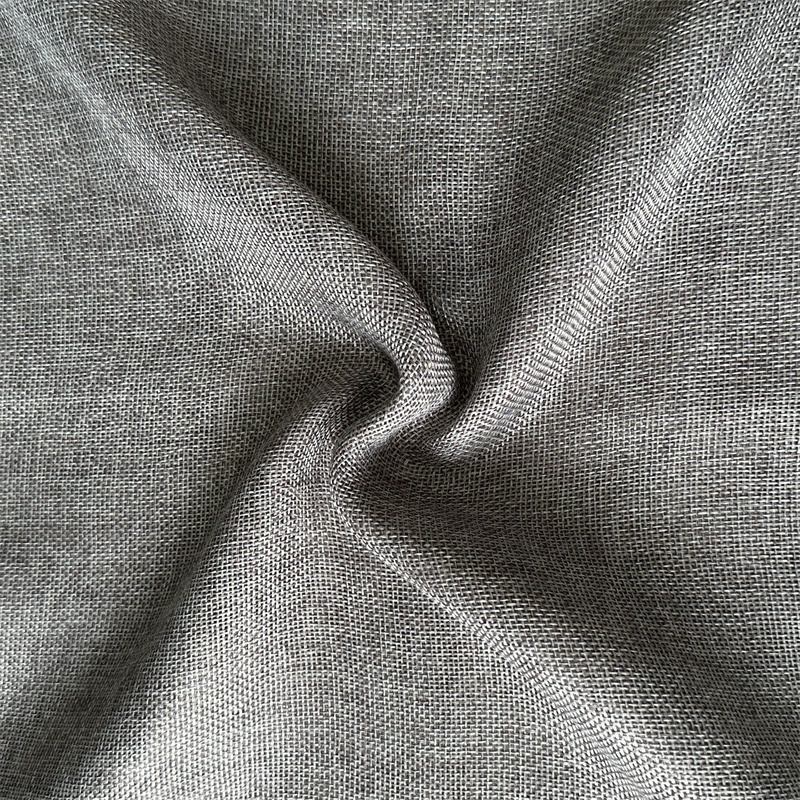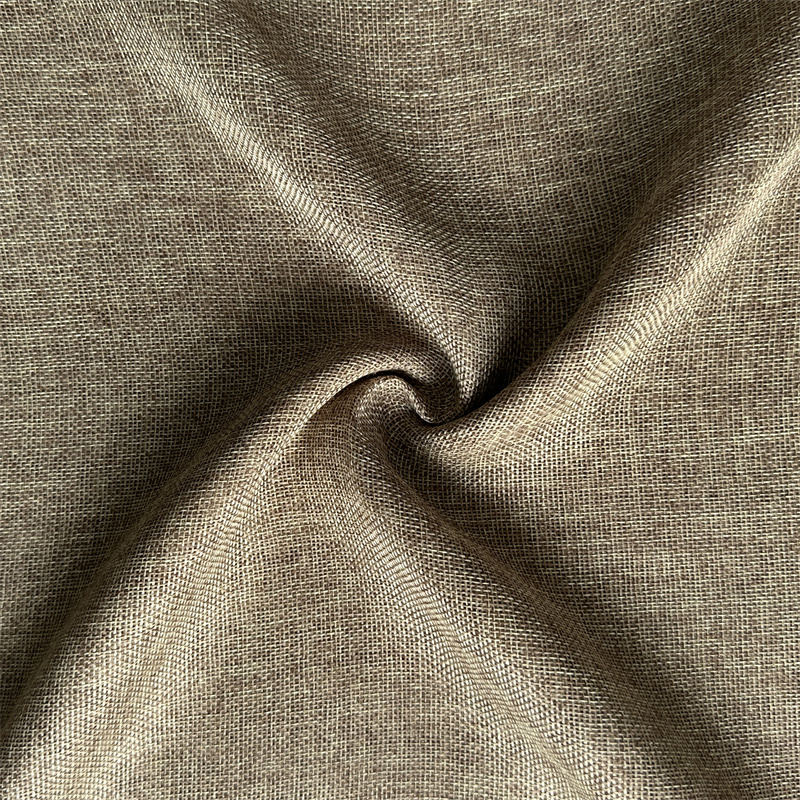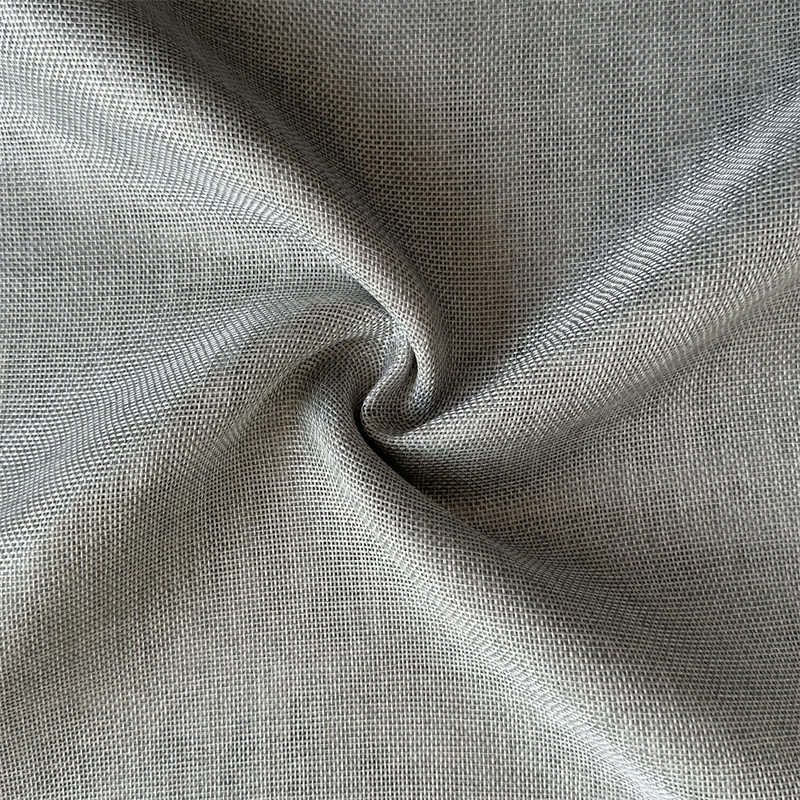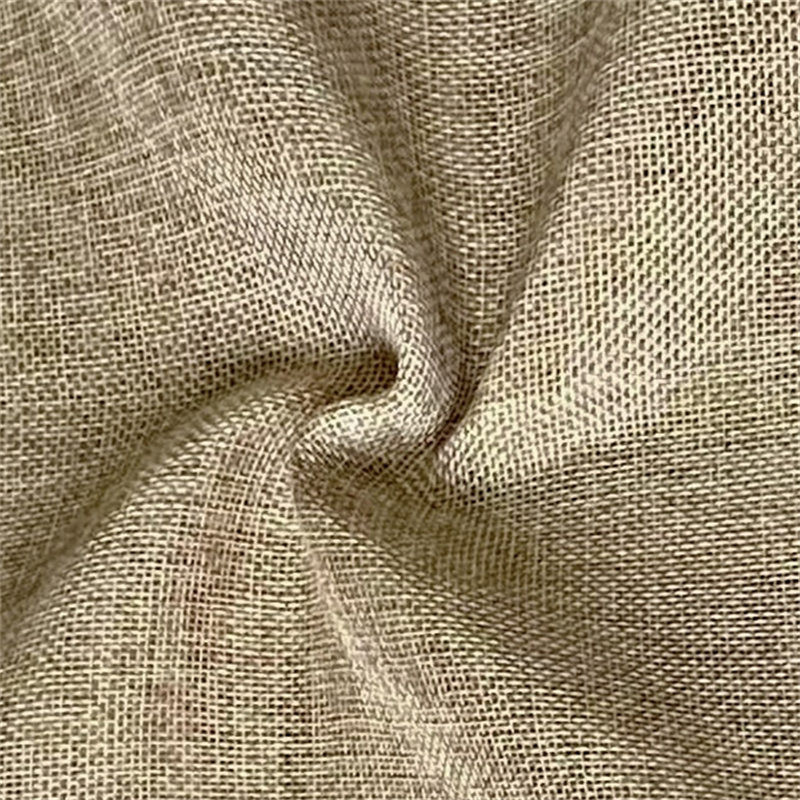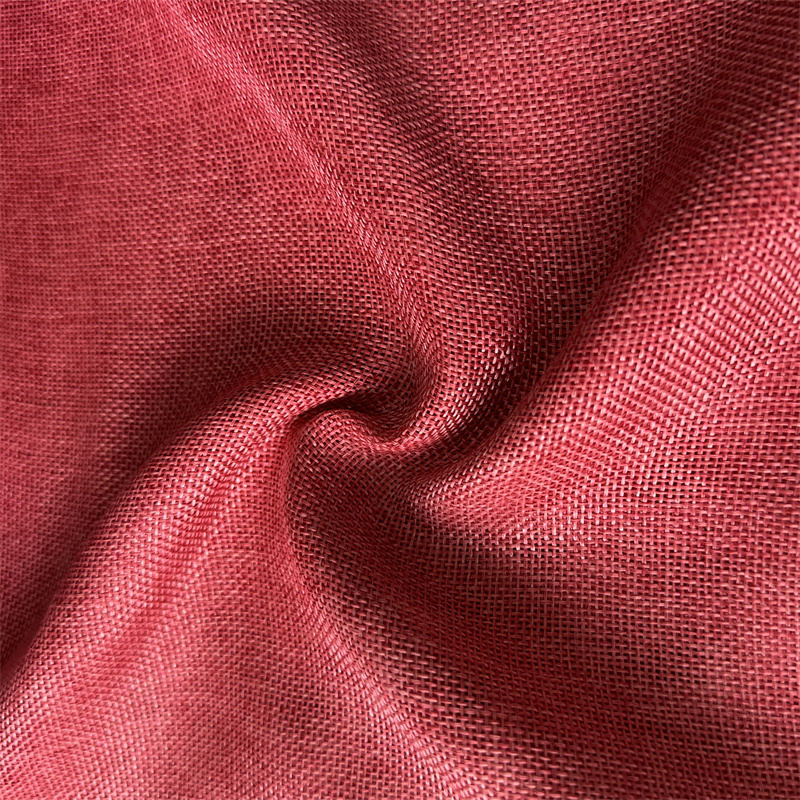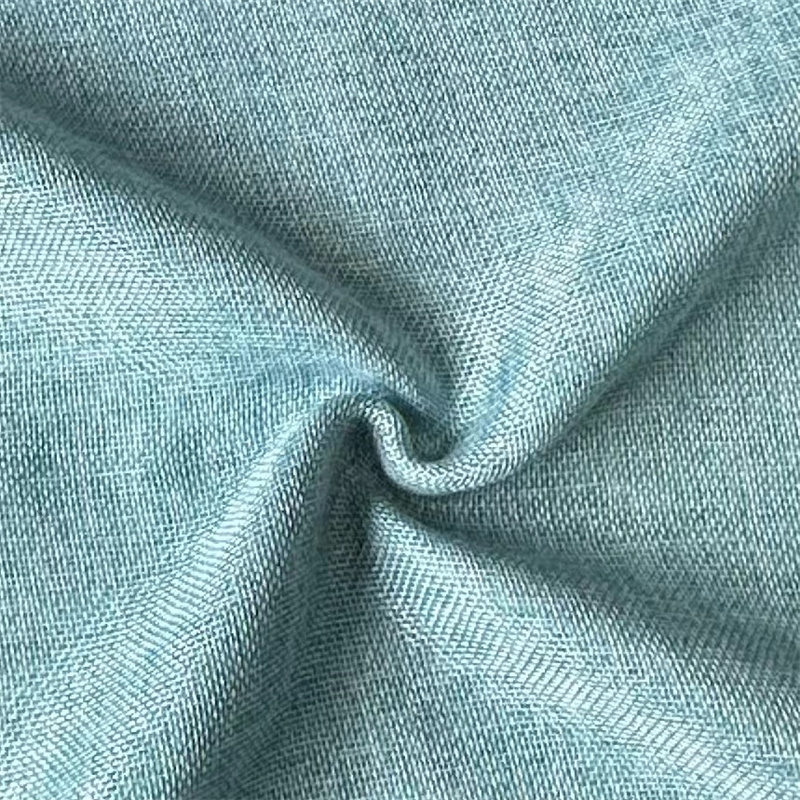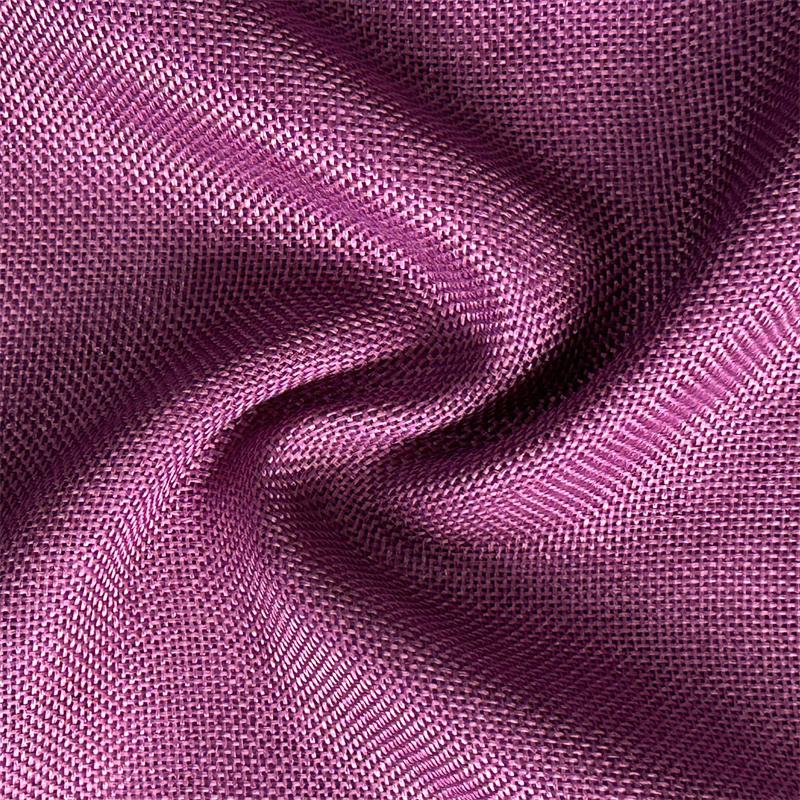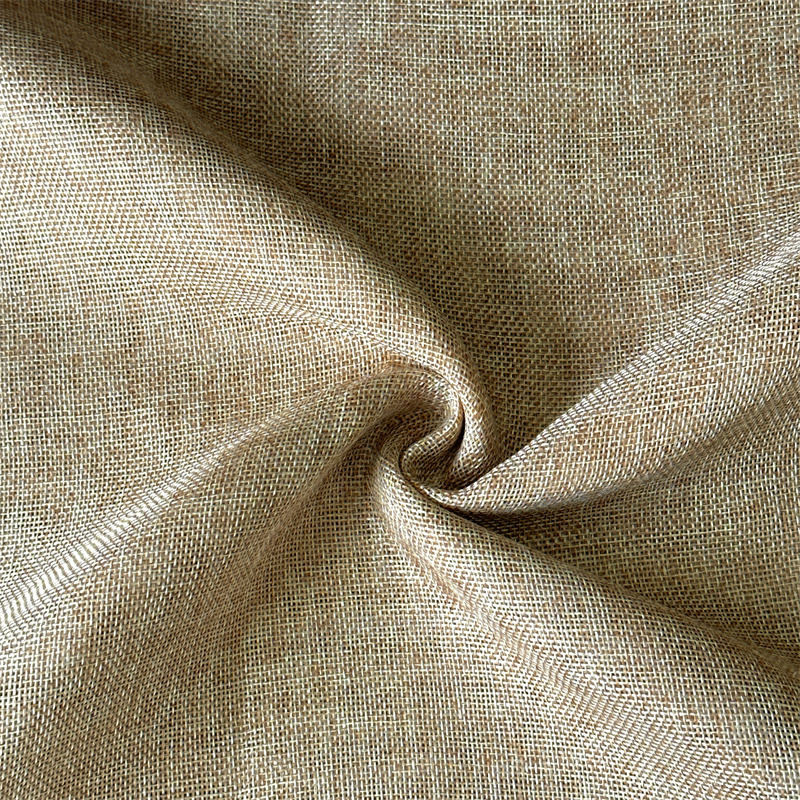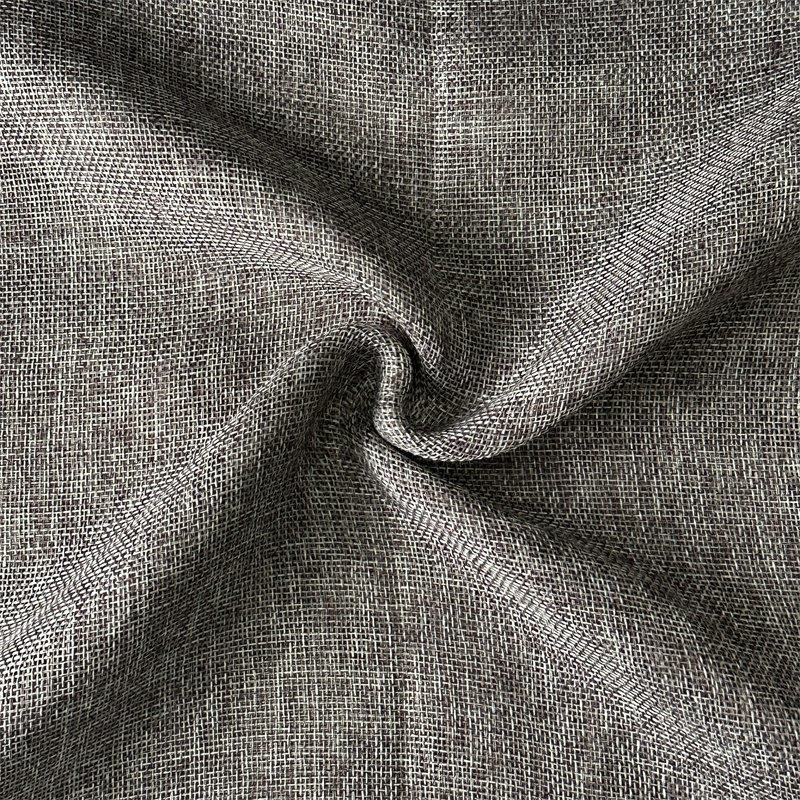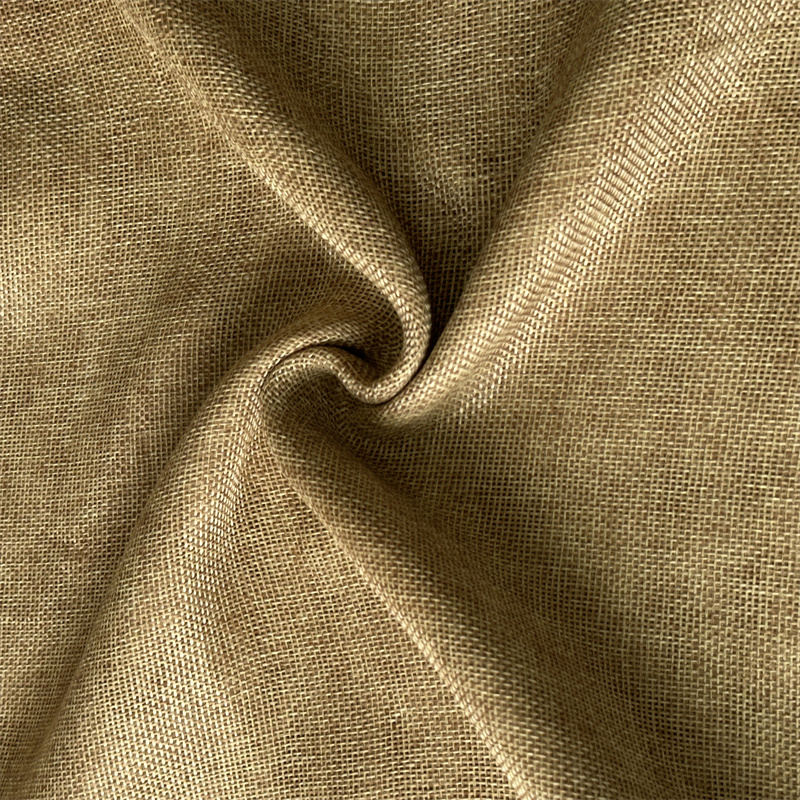In the world of textiles, few fabrics combine comfort, durability, and visual appeal quite like chenille fabric. Revered for its plush, velvety texture and rich depth of color, chenille has long been a favorite in fashion, home décor, and upholstery. Whether you're designing a cozy throw blanket, crafting a high-end garment, or furnishing a luxury living space, chenille fabric offers an unmatched sensory experience—soft to the touch, warm to the skin, and elegant to the eye.
Derived from the French word for "caterpillar," chenille perfectly describes the fabric’s signature fuzzy, tufted surface that mimics the soft body of its namesake. But beyond its inviting texture, chenille fabric is also prized for its strength, versatility, and ability to drape beautifully—making it a top choice for designers, manufacturers, and crafters alike.
In this comprehensive SEO-optimized article, we’ll dive deep into what chenille fabric is, how it’s made, its key benefits, popular applications, and why it continues to be a go-to material for premium textile products around the world.
What Is Chenille Fabric?
Chenille fabric is a woven textile known for its soft, raised pile that gives it a velvety, almost fur-like feel. Unlike velvet or corduroy, which are cut from a single fabric structure, chenille is created through a specialized weaving process that produces a 360-degree soft surface, ensuring that both sides of the fabric feel plush and luxurious.
Originally developed in the 18th century in France, chenille was first made from silk and used in high-end tapestries and garments. Today, modern chenille fabric is typically made from cotton, acrylic, polyester, rayon, or blends of these fibers, allowing for a wide range of textures, weights, and performance characteristics.
The fabric is available in various weaves and finishes, from lightweight knits suitable for apparel to heavy-duty woven versions ideal for furniture and drapery. Its ability to reflect light subtly gives chenille a soft luster, enhancing the richness of its colors and making it a favorite for creating warm, inviting interiors.
How Is Chenille Fabric Made?
The production of chenille fabric is a unique and intricate process that sets it apart from other textiles:
Pile Yarn Preparation: Soft, fuzzy yarns—often referred to as "chenille yarn"—are specially spun with a core thread and a pile of upright fibers.
Weaving: These chenille yarns are woven into a base fabric using a loom. The pile yarns run perpendicular to the warp threads, forming loops or ridges across the surface.
Cutting: The loops are then cut open, releasing the soft fibers and creating the signature fuzzy texture.
Finishing: The fabric is brushed, sheared, and sometimes treated for softness, anti-pilling, or stain resistance.
Dyeing: High-quality dyes are applied to achieve deep, vibrant colors that enhance the fabric’s natural luster.
This specialized manufacturing process results in a fabric that is not only soft but also dimensionally stable and resistant to wear—ideal for both decorative and functional uses.
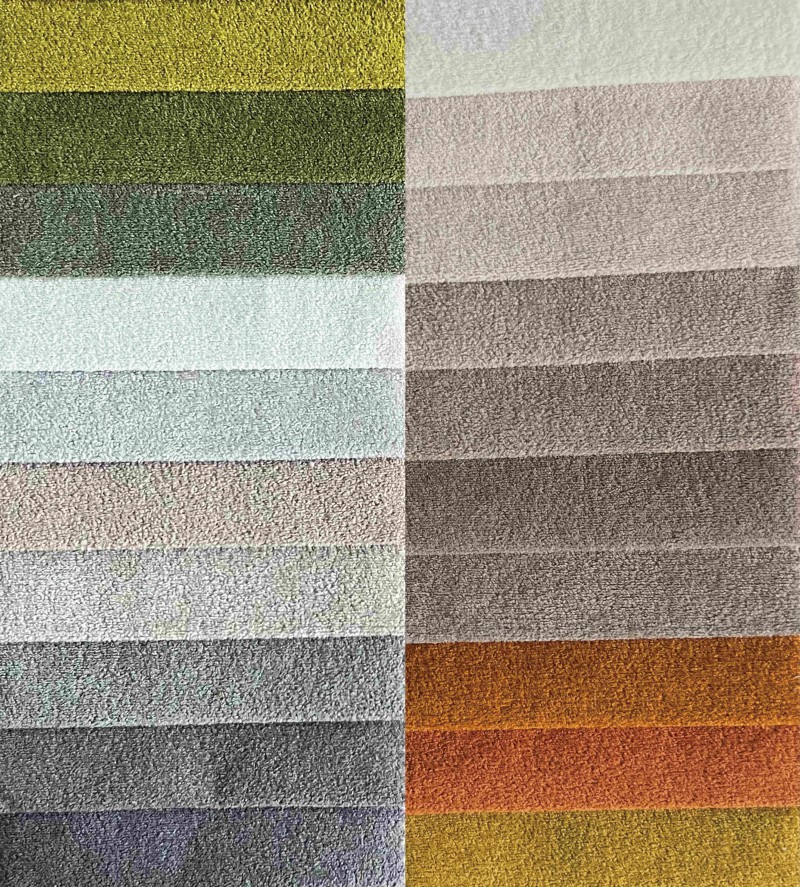
Why Choose Chenille Fabric?
Chenille fabric stands out in the textile market for several compelling reasons:
Unmatched Softness
The most defining feature of chenille is its luxurious softness. Its dense pile creates a cushion-like surface that feels warm and comforting—perfect for blankets, robes, and baby items.
Excellent Drape and Flexibility
Unlike stiffer fabrics, chenille flows beautifully, making it ideal for garments, curtains, and upholstered furniture. It conforms to shapes without losing structure, offering both comfort and elegance.
Rich Color and Luster
The way chenille reflects light gives it a subtle sheen that enhances the depth of color. Whether in deep jewel tones or soft pastels, chenille fabric adds a sophisticated glow to any space or outfit.
Durability and Longevity
Despite its soft feel, chenille is surprisingly strong. High-quality chenille resists pilling, fading, and abrasion, making it suitable for high-traffic areas like living rooms and commercial spaces.
Thermal Insulation
The dense pile traps air, providing natural warmth without excessive weight. This makes chenille an excellent choice for winter clothing, throws, and bedding.
Hypoallergenic and Skin-Friendly Options
Cotton and high-grade acrylic chenille fabrics are gentle on sensitive skin, making them safe for children’s clothing, baby blankets, and medical textiles.
Easy to Care For
Most modern chenille fabrics are machine washable and resistant to shrinking, especially when made with synthetic blends. With proper care, chenille items can retain their beauty for years.
Common Applications of Chenille Fabric
Home Décor and Upholstery
Chenille is a top choice for sofas, armchairs, ottomans, and headboards. Its durability and resistance to fading make it ideal for living rooms and family spaces. Available in a wide range of colors and patterns, chenille adds warmth and sophistication to any interior.
Bedding and Throws
From luxury bedspreads to cozy throw blankets, chenille fabric provides comfort and style. Its soft texture makes it perfect for snuggling, while its insulating properties help regulate body temperature.
Curtains and Drapery
Chenille curtains offer excellent light diffusion and sound absorption. Their rich texture enhances room aesthetics, creating a warm and inviting atmosphere.
Fashion and Apparel
Designers use chenille in sweaters, cardigans, jackets, and dresses for its soft hand feel and elegant drape. It’s especially popular in fall and winter collections.
Rugs and Floor Coverings
Chenille rugs are prized for their plush underfoot feel and resistance to matting. They add comfort to bedrooms, nurseries, and lounges.
Craft and DIY Projects
Due to its ease of sewing and forgiving nature, chenille is a favorite among crafters for making pillows, pet beds, quilts, and holiday décor.
Caring for Chenille Fabric
To maintain the beauty and longevity of chenille textiles:
Machine wash cold on a gentle cycle with mild detergent.
Avoid bleach and fabric softeners, which can damage fibers.
Tumble dry low or lay flat to dry—hanging can stretch the fabric.
Use a soft brush to restore the pile if it becomes matted.
Spot clean stains immediately with a damp cloth and mild soap.
For upholstery, regular vacuuming with a brush attachment helps remove dust and prevent fiber degradation.
Sustainability and Eco-Friendly Trends
As environmental concerns grow, many manufacturers are turning to sustainable chenille fabric options:
Recycled polyester chenille made from post-consumer plastic bottles
Organic cotton chenille grown without harmful pesticides
Low-impact dyes that reduce water pollution
Biodegradable rayon sourced from sustainably managed forests
Look for certifications like OEKO-TEX® Standard 100 or Global Recycled Standard (GRS) to ensure your chenille fabric is both safe and eco-conscious.
The Future of Chenille Fabric
Innovation is pushing chenille fabric into new frontiers. Emerging trends include:
Smart textiles with temperature-regulating or moisture-wicking properties
Antimicrobial and fire-resistant finishes for healthcare and public spaces
3D-knitted chenille panels that reduce waste and improve fit
Custom digital printing for unique patterns and designs
These advancements ensure that chenille remains relevant in a fast-evolving textile industry.
Conclusion
Chenille fabric is more than just a soft textile—it’s a symbol of comfort, elegance, and craftsmanship. Whether used in a hand-knitted baby blanket, a designer sofa, or a luxurious evening gown, chenille brings a sense of warmth and sophistication that few materials can match.
With its unique combination of plush texture, vibrant color, and long-lasting durability, chenille fabric continues to be a top choice for designers, manufacturers, and consumers who value both beauty and performance. As sustainable production methods and smart textile technologies evolve, chenille is set to remain a staple in homes and wardrobes around the world.
If you're looking to add a touch of luxury to your next project, consider chenille fabric—where softness meets strength, and style meets substance.


 中文简体
中文简体 Español
Español